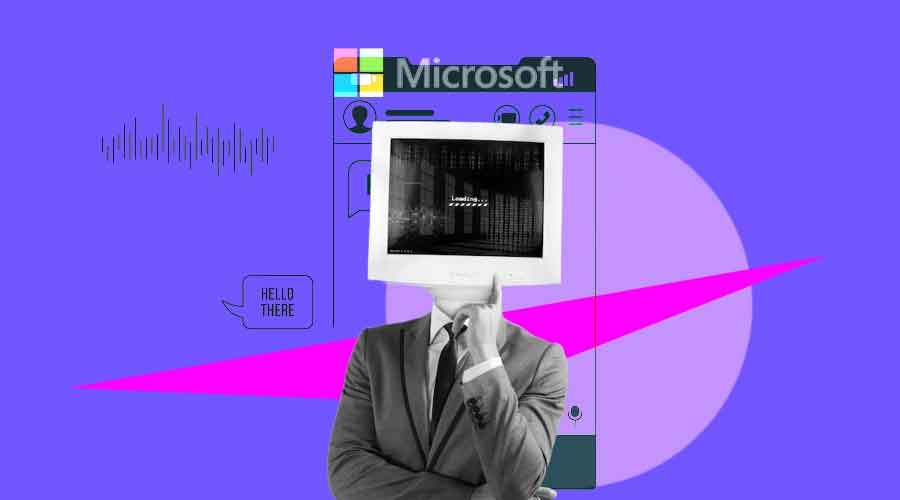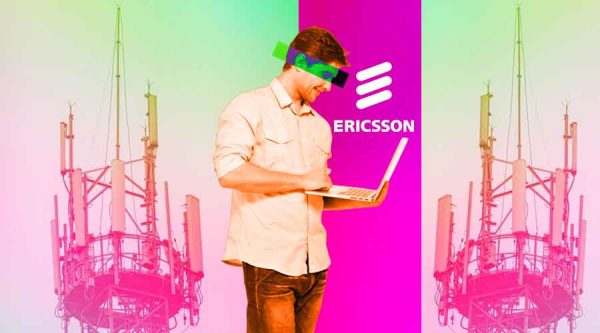
Microsoft Sunsets speech recognition unveils voice access for enhanced interaction
Microsoft has officially deprecated the ‘speech recognition’ feature on Windows 11, signaling a shift towards the adoption of ‘voice access.’ In a recent announcement, Microsoft clarified that Windows speech recognition would no longer undergo active development, making room for the more advanced capabilities offered by voice access.
The inception of speech recognition dates back to Windows Vista, where its primary objective was to enhance accessibility for users. However, with the advent of voice access, Microsoft has decided to phase out speech recognition, emphasizing the newer feature’s superior functionality.
A Legacy of Speech Recognition:
For over thirty years, Speech Recognition has played a pivotal role in Microsoft’s ecosystem. From early experiments in the 90s to the robust capabilities integrated into Windows and Office applications, the technology has been a cornerstone of accessibility and user interaction. It enabled users to dictate text, control applications, and navigate their devices hands-free. However, User expectations are evolving along with technology, prompting Microsoft to explore more advanced avenues for seamless interaction.
Adapting to Change:
Retiring Speech Recognition is not a step backward; rather, it signifies a leap forward. Microsoft’s decision stems from a commitment to staying at the forefront of innovation. As technology matures, Voice Access emerges as the next frontier. It’s not merely about recognizing speech; it’s about understanding context, intent, and natural language – a more holistic approach to human-computer interaction.
Introducing Voice Access:
Voice Access represents a paradigm shift. Instead of relying solely on recognizing words, Voice Access delves into understanding the nuances of human communication. This advanced system leverages AI and machine learning, going beyond the limitations of traditional Speech Recognition. It comprehends context, different accents, and even user idiosyncrasies, creating a more personalized and efficient user experience.
Enhancing Accessibility:
Accessibility has always been a cornerstone of Microsoft’s ethos. Voice Access, with its sophisticated capabilities, takes this commitment to new heights. It empowers individuals with diverse abilities, making technology more inclusive. The retirement of Speech Recognition is not a discontinuation of accessibility features; instead, it’s a transition towards more adaptive and responsive tools.
Improved User Experience:
Voice Access isn’t just about accessibility; it’s about fundamentally improving the way we interact with technology. Users can seamlessly navigate applications, compose emails, and execute commands with unprecedented ease. It marks a critical milestone in Microsoft’s journey toward creating more natural, conversational interfaces.
The Role of AI:
At the heart of Voice Access is Artificial Intelligence (AI). The system learns and adapts, refining its understanding of users over time. This continuous learning loop ensures that Voice Access becomes more intuitive, efficient, and tailored to individual preferences. As Microsoft embraces the era of AI, users can expect increasingly personalized and intelligent interactions.
Preparing for the Future:
For Microsoft, retiring Speech Recognition and introducing Voice Access is not just an operational decision; it’s a strategic move to future-proof user interfaces. As technology continues to evolve, so do user outlooks. This transition ensures that Microsoft remains at the forefront of innovation, delivering products and experiences that align with the ever-changing needs of a diverse user base.



